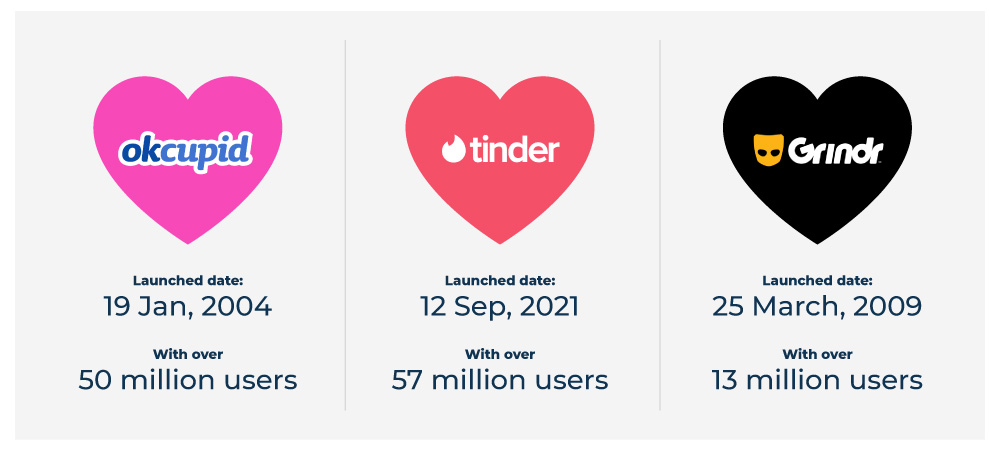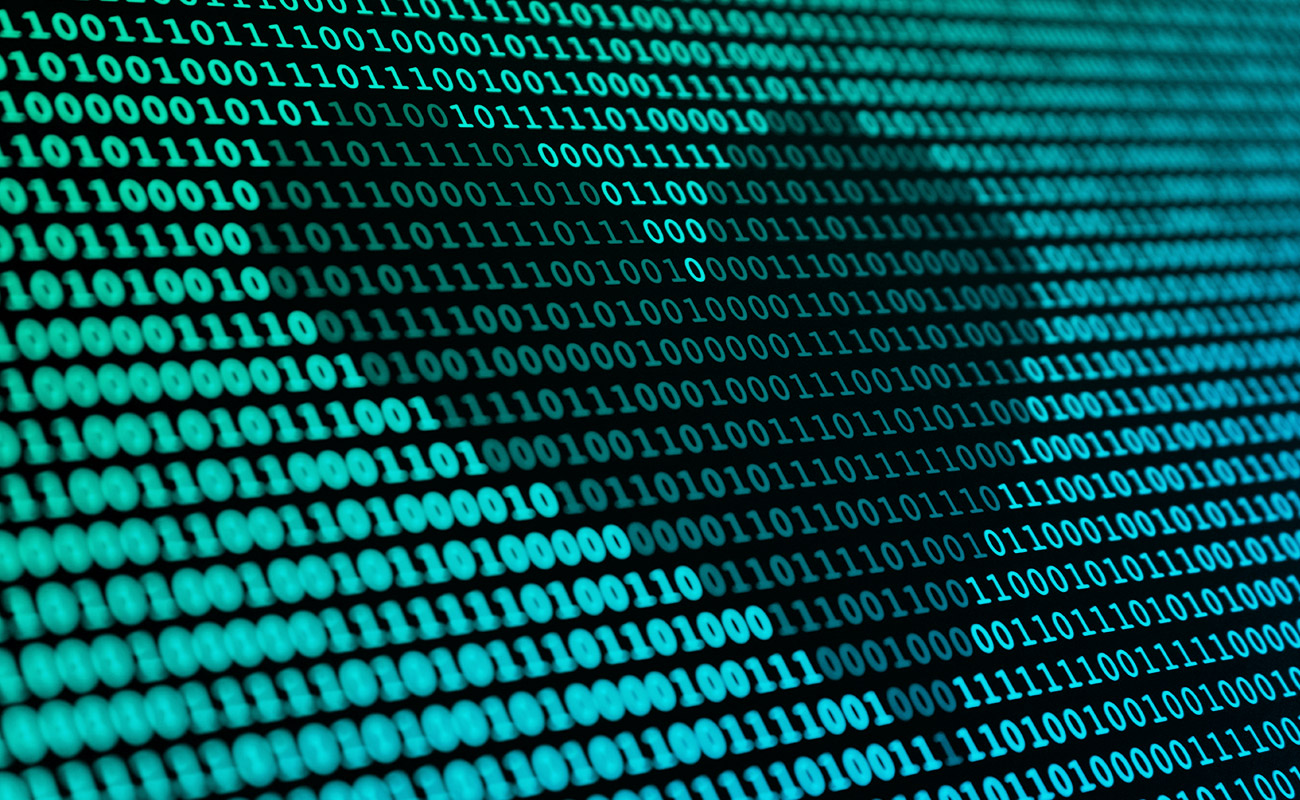Once upon a time, in order to find a connection, one would have to perhaps count on a friend introducing them to a mutual friend or kindling a spark at a get-together. This limited past generations to their local dating pool of acquaintances, unlike today where code has opened up much more choice and opportunities to meet new people. Today we look at how code opens up many opportunities to meet like-minded individuals we are genuinely attracted to.
Once upon a time…
In 1965, a Harvard student co-founds Operation Match. It was used by more than a million daters in the 1960s. In the same year, with increased sophistication (100 questions and an IBM 1400 Series computer), New York City’s first computer dating service, Tact, opened. Despite thousands of customers, a co-founder believes computer dating is a fad and leaves the company.
Fast forward to 2004, 40 years later, four Harvard students launched what would become OKCupid. The site allows users to submit questions that others can weight as important or not. OKCupid’s popularity allowed the company to correlate interests to dating actions. In 2012, a little-known startup called Tinder was launched, and an entirely new demographic of people took to online dating.

Whatever taboo that remained of internet courtship quickly fell to the wayside when technology-discerning 20-somethings started swiping in 2012. Just as Grindr opened the floodgates for the gay community, Tinder did for single millennials. Since its release, the app has garnered over 50 million swipe-happy users in more than 190 countries.
What the dating app industry looks like today
In the Online Dating segment, the number of users is expected to amount to 489.9 million users by 2025.
According to the Pew Research Center, between 2013 and 2015, online dating usage has tripled among those between the ages of 18 and 24. Dating services also welcome an untapped market, increasing millennial spending power, and young people delaying life milestones, as well as working longer hours. Users are also able to safely screen their potential partners. Tinder assists with this by having users ‘verify’ their images with a selfie needing to be taken that will validate the other photos that are chosen.
Each app has its own competitive advantage or spin on the dating game: With its monthly subscription fee, Match.com attracts people willing to put their money where their mouth is. Tinder pairs potential hookups based on a mere glance and swipe of a photograph, making it simple and user-friendly. Bumble uses a similar format to Tinder, but with a twist: only women can send the first message. The League is an elite dating app focused on accomplished, ambitious young professionals.
When it comes to the most popular apps by audience size, Tinder, Plenty of Fish, Match.com and OkCupid lead the pack. The biggest player in the online dating game, the Match Group, dominates 25% of the market share.
Alluring algorithms
Make no mistake: nothing about the Tinder algorithm is random. You might think that the profiles you are seeing are just a random bunch of people that fit your age and gender preferences and live relatively close. In fact, Tinder wants to match as many couples as possible and designs its algorithm to put certain profiles in front of you. Of course, you’re free to swipe right to your heart’s delight and ignore the people Tinder recommends, but the algorithm penalises you for swiping left too much. So how does Tinder decide whose profiles to show you?
The Tinder algorithm allocates every user a personalised “desirability” score, to represent how much of a catch any particular person is. Users are then sorted into tiers based on their desirability score, and that is, in essence, the algorithm: you get presented with people who are approximately on your level of attractiveness when you swipe.

There may be an element of superficiality to an algorithm like this. Then again, the question is perhaps, are the users seeking something based on looks alone that would call on an algorithm like this? After all, if it’s the human being one is interested in, this algorithm would ultimately make no difference.
The heart and soul of dating technology
So how did code build the dating industry? Many languages are used to make all the magic and romance happen. The technology stack for apps like Tinder includes JavaScript, Python, HTML5 as programming languages, and the AWS Mobile platform to build and test apps. To identify user location, Tinder utilises a smartphone’s GPS or data from the wi-fi network connection.
Apps such as Tinder share personal user data with around 45 other Match Group companies, such as Hinge, OK Cupid, and Plenty of Fish among others. The company shares user data with third parties for purposes such as analytics, advertising and payment processing.
Augmented/virtual reality, artificial intelligence, chatbots, machine learning… How will our kids meet online in the future? And how could this contribute to making a better society? Online dating is set to evolve into an experience closer to what we do on social networks. It will definitely enhance the experience and make it more authentic and closer to a real-life experience. Existing dating apps, based on simple images, are still very static for a generation that swears by video, so the next decade will see apps emerge with more content, more curation, and new ways of presenting this content.
It’s amazing to think that the most authentic human connections can be born from lines of code that seek to serve the true nature of love and the way we romantically relate. If you’d like to be part of the revolution, why not make a date with code? Learn more here.


